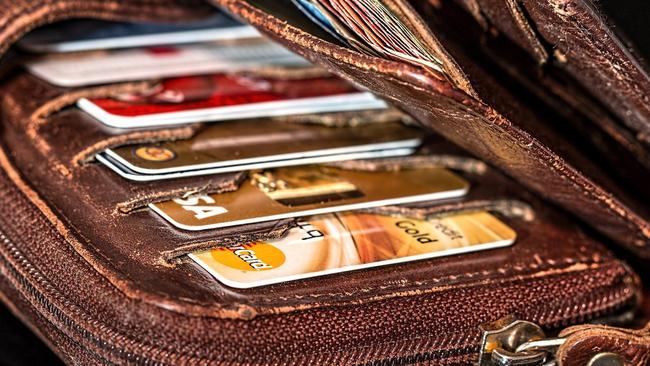Coronavirus: Aussies paying down debt, as credit steadies and BNPL use drops
Report shows Australians are wary of getting into more debt during the pandemic.

Australians have spent the lockdown paying down credit card balances, wiping $4.2bn off statements since the pandemic hit, according to new figures from the Reserve Bank. At the same time almost 400,000 credit card accounts have been closed, the RBA figures show.
ME Bank general manager of personal banking Claudio Mazzarella said it was clear Australians were wary of getting into more debt during a pandemic.
“Most Australians are financially savvy. They know spending is spending, and debt is debt,” he said.
“We’re seeing Australians are wary of spending and borrowing because they don’t know what will happen next in the economy and labour market. That may explain the drop in various forms of unsecured lending, including buy now pay later.”
In total there is $40.2bn in outstanding credit card debt at the end of June, although this is down nearly 21 per cent from the same time last year.
Mr Mazzarella said the figures showed the danger of the economic situation Australia was facing in coming months.
“This looks like the classic ‘paradox of thrift’ from economic textbooks. Australian households are understandably cautious about spending and borrowing in a time of crisis, impacting demand for these,” he said.
A separate survey of 1500 people ME Bank found overall credit card use was flat in the six months to end of June, the same level as the last six months of 2019
But the findings from ME Bank from part of its latest Household Financial Comfort Report show the number of people using a buy now pay later platform declined over the lockdown period, from 16 per cent to 13 per cent, despite predictions the platforms would boom.
“Many households have taken a severe financial hit to incomes and been forced to cut back on spending, or they’re prudently waiting to see how this pandemic plays out before borrowing more,” Mr Mazzarella.
RateCity analysis of the RBA data shows despite Australians cutting back on credit cards, there was a 20 per cent jump in overall spending on cards in the month of June as consumers in some states ventured back to the shops.
Australians spent $3.46bn more in June than they did in May, but this was still 4 per cent lower than they spent in June 2019.
RateCity research director Sally Tindall said it was positive that many were clearing debt, but noted many were choosing to do so by withdrawing from their superannuation.
“Credit card spending rose in June as people hit the shops after weeks in lockdown. Yet despite this, the total debt accruing interest continued to fall, as many families focused on getting back in the black where they could,” she said.
“The pandemic, as awful as it is, has forced thousands of households to re-evaluate their budgets and clear their debts.”




To join the conversation, please log in. Don't have an account? Register
Join the conversation, you are commenting as Logout